
Sevilla, Andalusia, Spice of the South
On the South side of Spain, it is really clear how beautiful the intense fusion of Mediterranean Europe and Moorish culture goes. Let's have a look at some epic places you can experience when you are in the "capital" of the South, also known as Sevilla (Seville).
From Madrid, central Spain, we hopped onto a national high speed train, the Renfe AVA, and slid on into Seville. The climate in Sevilla is warm. A couple of hours drive away are towns with plenty of swimming beaches all around. On this day though, we look to progress our hunt for ancient eye candy and the need to quench our curiosity for exploring a historic land - the centre of the humongous world empire in the Age of Discovery and Sail.
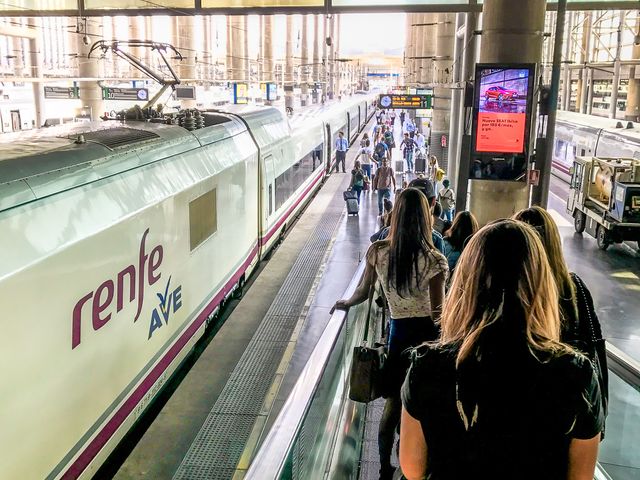
Quick History
Back in the day, and for some 600 years, this land where Spain and Portugal is today was called Iberia. Between 100 BCE to 500AD, it was one of the largest territories in the Roman empire. Today, you'll see ancient Roman architecture in many historic landmarks there. After the Roman empire fell, Iberia was taken by the Kingdom of the Visigoths (a Germanic state).
Later, the land was conquered by the Arab Muslims (Moors) who came in from the South through Africa. The incumbent Spanish Christians were pushed back to the far harsh North. A 780 year war (711AD - 1491AD) ensued. Spanish Christians fought back.
Spanish Christian forces under Queen Isabella I (Crown of Castile, central Spain) with King Ferdinand II (Crown of Aragon, eastern Spain) finally seized the, royal palace and fortress of the Emirate of Granada, the prized Alhambra. The long war was finally won. Moorish Islamic rule on Iberia was over. This well known war known as the Spanish Reconquista was complete.
The same Isabella and Ferdinand of the Christian Monarchs, then sponsored Christopher Columbus's westward expedition of open uncharted waters. Columbus discovered the Americas. This was the start of the Spanish empire becoming very rich and powerful.
Huge massive Spanish galleons (including those of the Spanish treasure fleet!) started sailing across the open seas. They fended off pirates and enemy nations with their vast array of cannon, delivering valuable cargo to and from the new lands. That was an incredible period of global expansion from a small country of Spain. Today, Spanish is the 2nd most spoken language in the World!
Seville, Crown of the South
Seville is the largest city in Andalusia (Southern Spain). Here, we experienced the magic of a culture infusion shaped by hundreds of years of Moorish rule. It is the home of Flamenco and the third largest church in the world.
Seville Cathedral
The cathedral of Seville (completed in 1528, not long after the Reconquista) is a place of worship by Roman Catholic christians. Unlike the more refined and elaborate Renaissance and Baroque style of Roman Catholic churches in central Europe, this church looks much less symmetric and and less elaborate from the outside.
To skip the very long line outside the cathedral, we got ourselves a combo ticket from the smaller church nearby.
Going inside, feels like stepping into a massive cavern of the Gods.

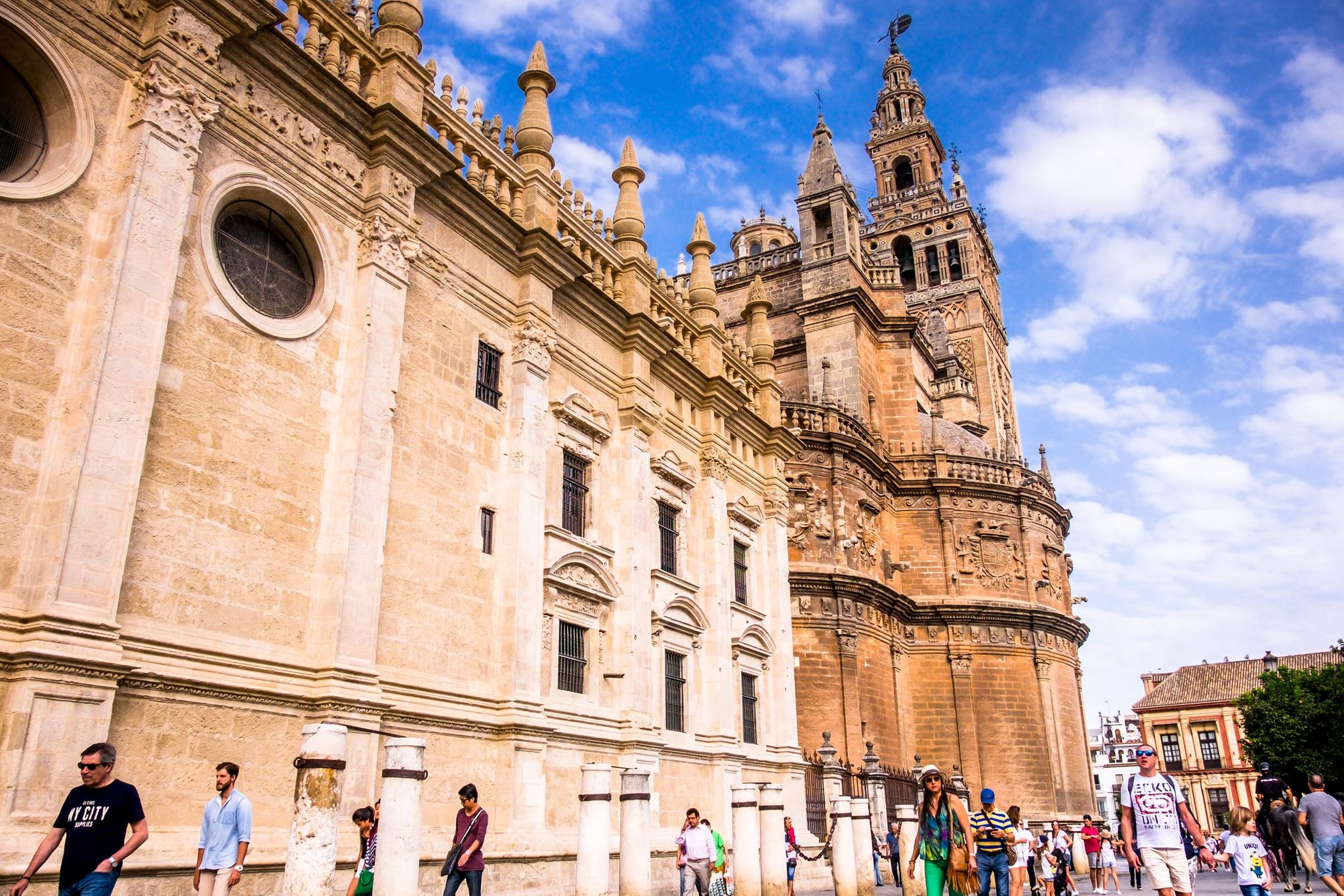
My mind is blown by how the folks of the middle ages could assemble such a massive stone structure. It is simply insane how BIG this place is.

Following the glitter behind the iron grilles, it's pretty clear that a lot of gold leaf covers the altar.
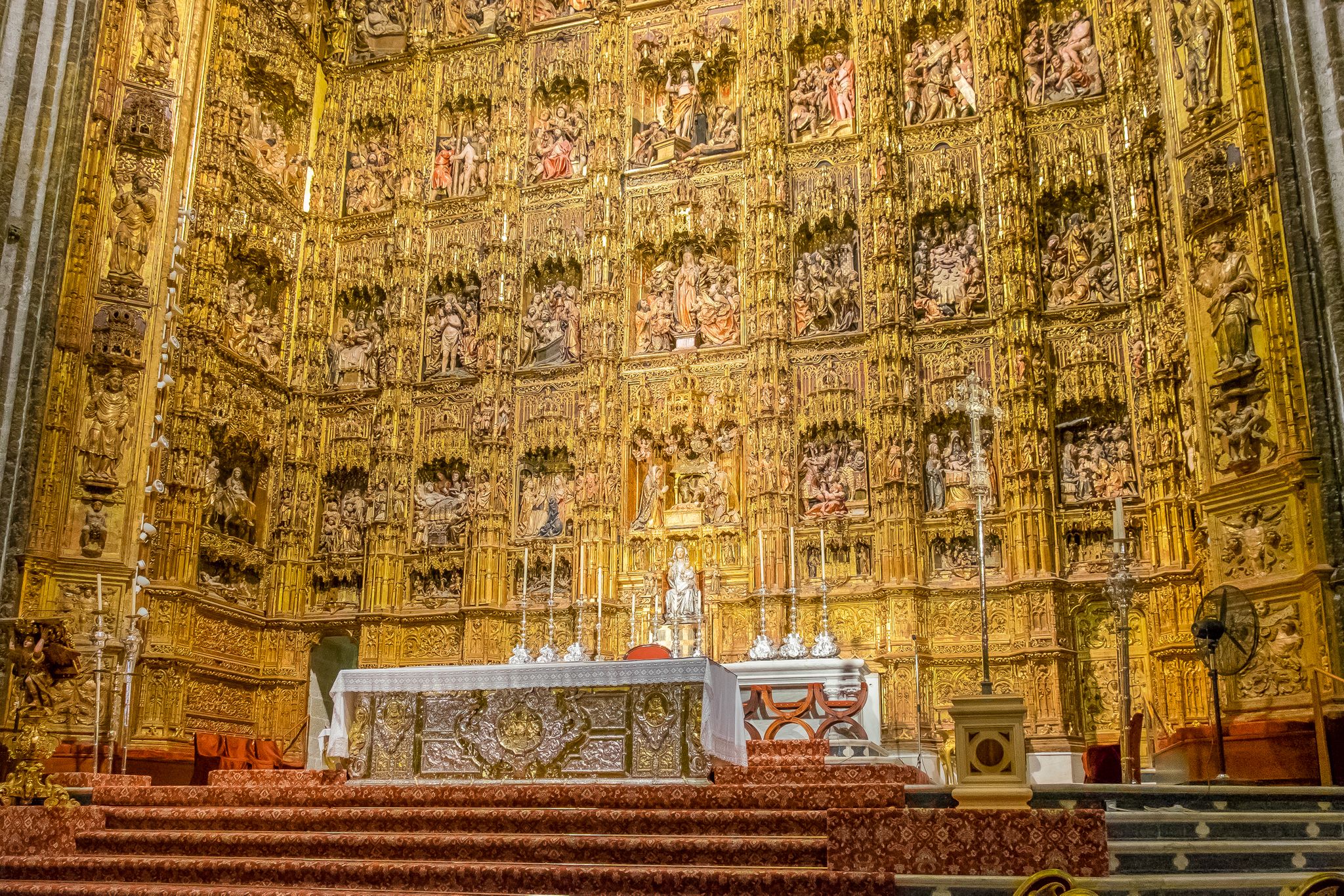
In this cathedral, the (slightly controversial) tomb of Christopher Columbus is held up by the four kings who represent the four kingdoms of Spain of that time.

Alcázar (Royal Palace)
Next up, we visited the royal palace or Alcázar of Sevilla. Buying tickets online helped us skip the queue. Die hard Game of Thrones fans will recognise some of the scenes filmed on the palace grounds here. When you visit this place, find the exact room where Christopher Columbus petitioned Queen Isabella to explore the new lands. Stroll through the expansive palace gardens; pass parading peacocks and aspiring artists.


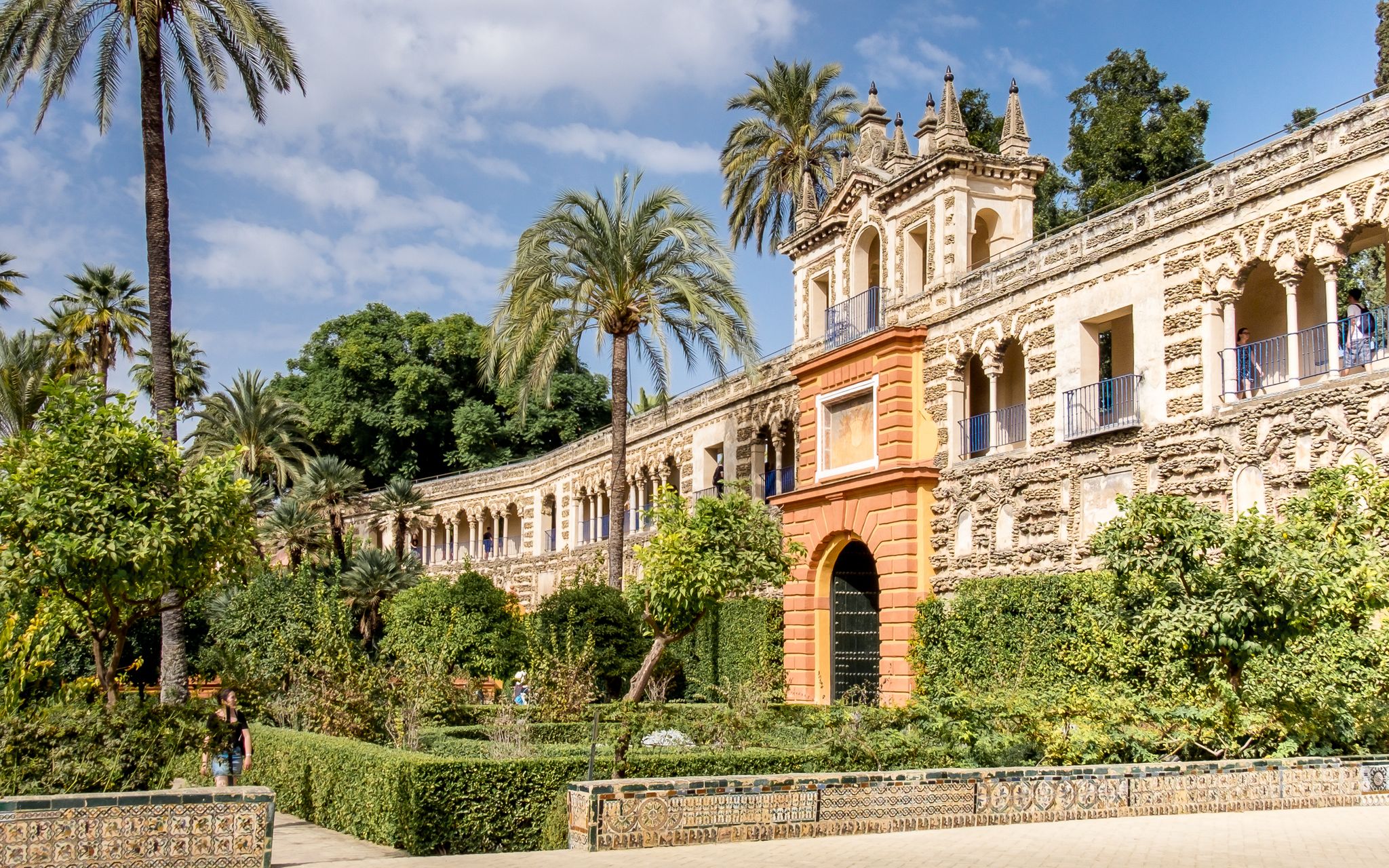
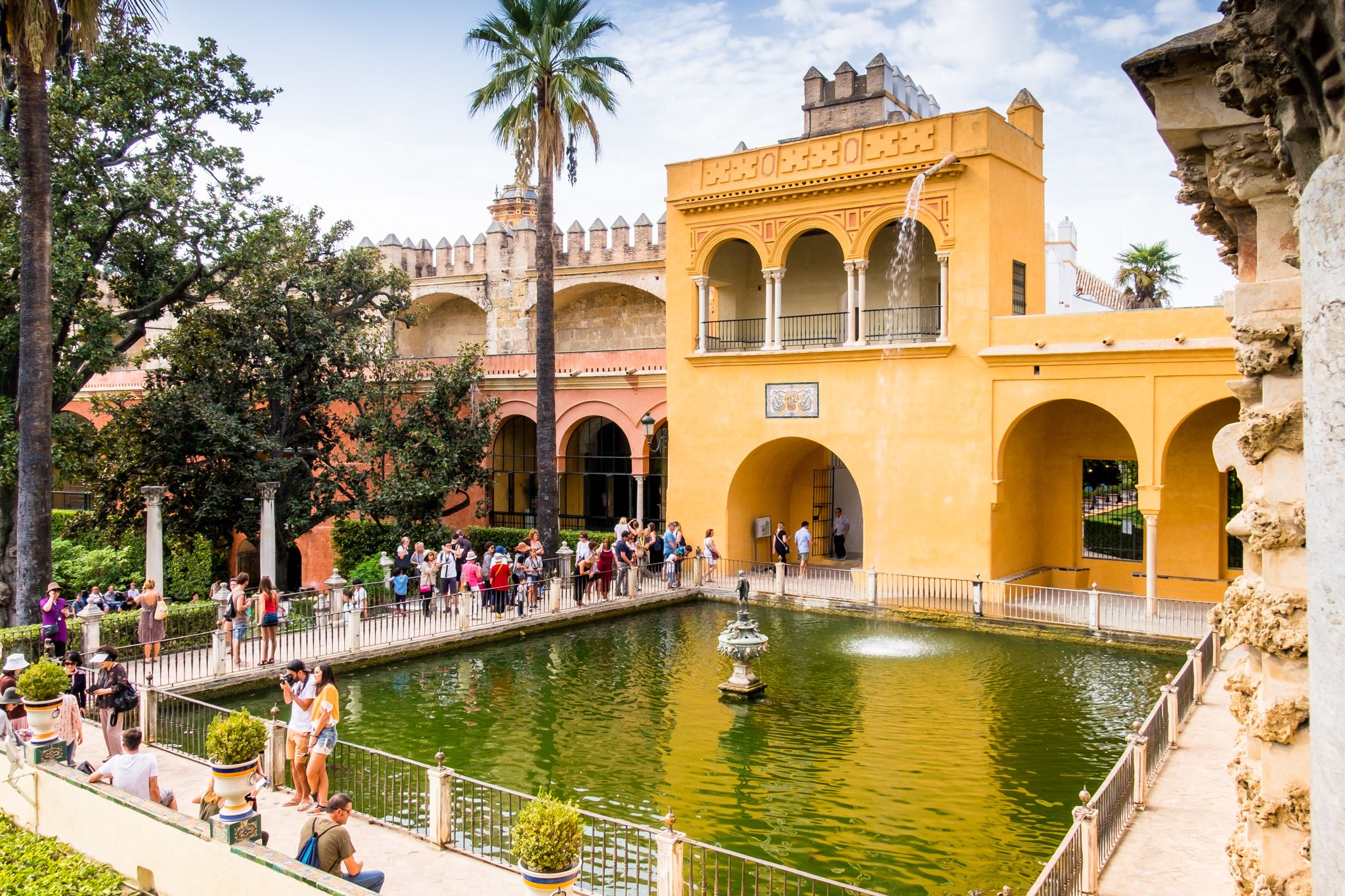
We venture onward to other places .. but first, a quick lunch ..
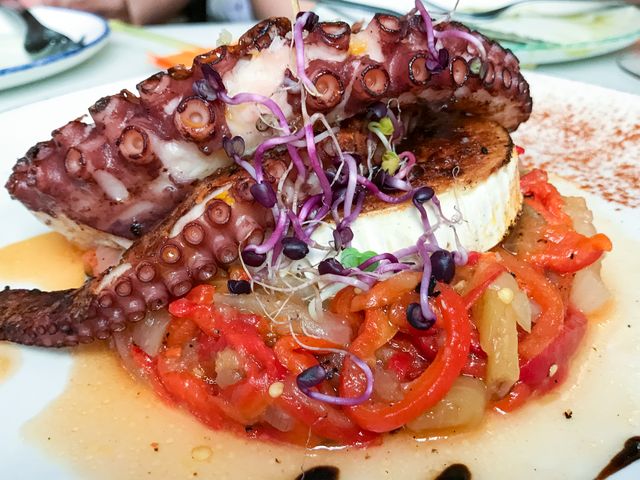
Plaza de España
The Plaza de España was built in the 1920s to showcase Spanish architecture. It is seen in films like Lawrence of Arabia, Star Wars (Attack of the Clones) and more.
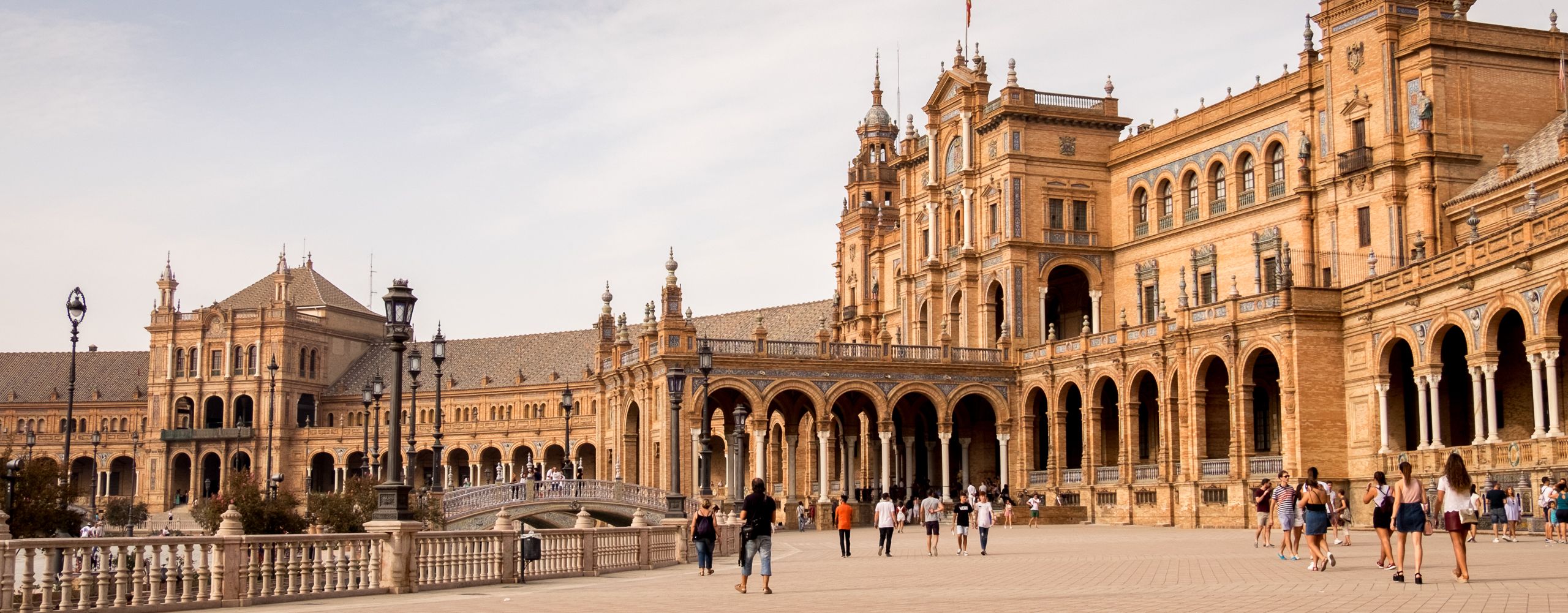

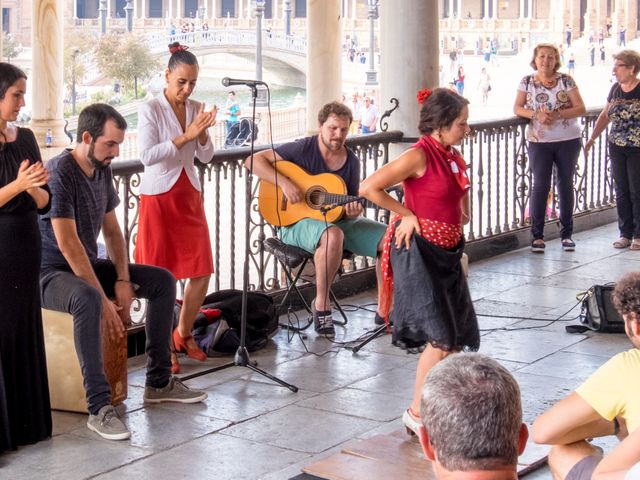
Metropol Parasol
This huge overhang of a meandering waffle looking structure is also known as Las Setas de la Encarnación (mushroom incarnations). As a more recent addition to the Sevilla skyline, it claims to be the largest wooded structure in the world. If you have the time, do head down into the basement and join the queue for the lift which takes you to the special walkway on top of this wooden waffle for a nice view of the surroundings.
If chilling out is more your thing, there are plenty of cafes all around for some enjoyable people watching.

Plaza de Toros de la Maestranza
The people of Spain take bullflighting fairly seriously. It is a part of local traditional religious festivals. To experience a touch of this culture, we did the guided tour of this 12,000 seat bullfighting ring.

We walked through the same passageway a matador (bull fighter) dressed in fully detailed colourful ceremonial garb (traje de luces) would before his/her fight. You get a feel for the silent chill that precedes the roaring of thousands of spectators outside. Towards the end of the passageway, is a small dimly lit chapel for the matador. He steps in to pray.
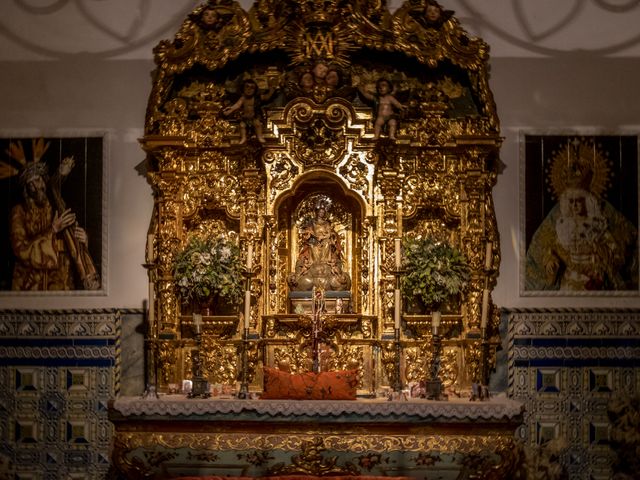
Afterwards, it is time. We head out into the sunlight. Our matador approaches the gate which will open into the bull ring - a stadium really, except with plenty of dry sand, instead of grass to better absorb spilled blood. As the gate is swung open, our matador wonders if this will be his final hour or maybe his very finest!
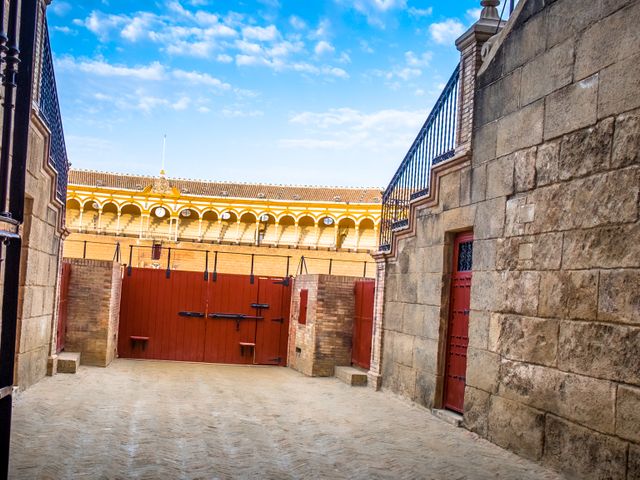
Of course, the well trained and highly flamboyant Spanish matador usually wins. Survivors are the local celebrities & superstars of the day. For the rest of us regular people, we happily content with having a warm dinner and a nice glass of chilled wine.

Unlike the polished steps of many a modern European city, Sevilla is place to experience the less processed, much more grounded and enormously beautiful culture that is so uniquely Spanish.
Happy travels!